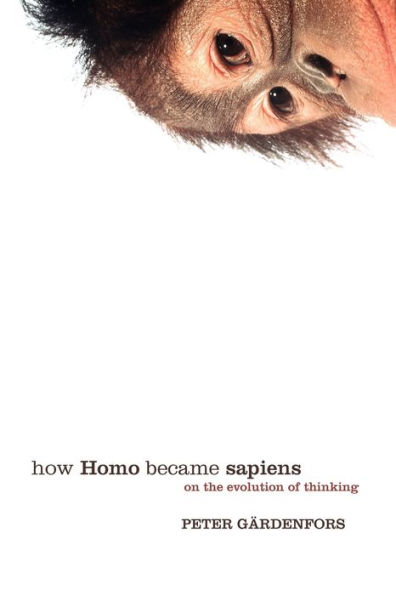5
1
9780198528517


How Homo Became Sapiens: On the Evolution of Thinking available in Paperback

How Homo Became Sapiens: On the Evolution of Thinking
- ISBN-10:
- 0198528515
- ISBN-13:
- 9780198528517
- Pub. Date:
- 03/30/2006
- Publisher:
- Oxford University Press
- ISBN-10:
- 0198528515
- ISBN-13:
- 9780198528517
- Pub. Date:
- 03/30/2006
- Publisher:
- Oxford University Press
78.0
In Stock

Product Details
| ISBN-13: | 9780198528517 |
|---|---|
| Publisher: | Oxford University Press |
| Publication date: | 03/30/2006 |
| Pages: | 256 |
| Product dimensions: | 9.10(w) x 6.10(h) x 0.80(d) |
About the Author
From the B&N Reads Blog
